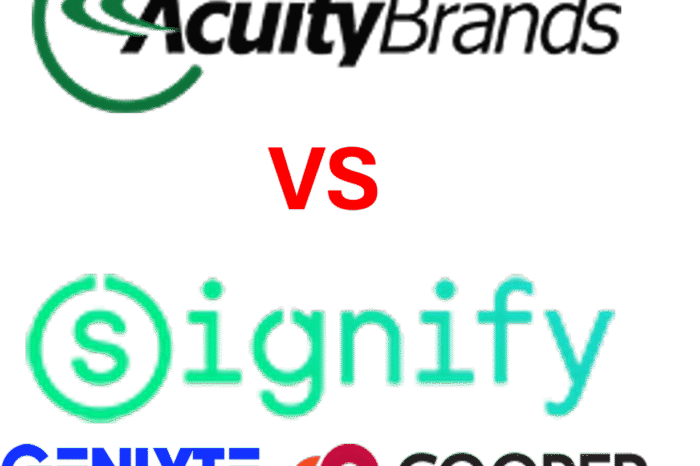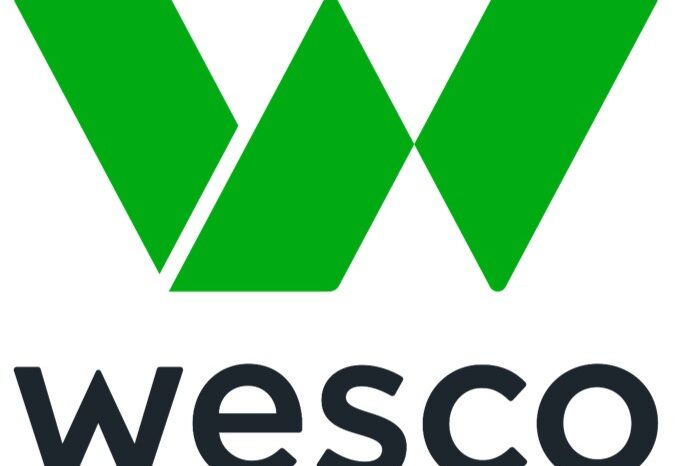Horticulture Lighting … A Growing Niche but Not Cannabis
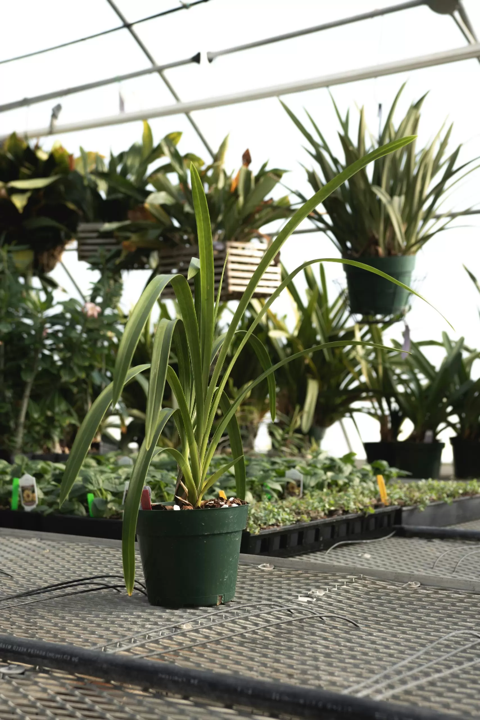 According to Channel Marketing Group‘s Q1 and Q2 Pulse of Lighting reports, the lighting market is challenged. Overall growth is negligible and, according to quarterly reports, it is down for the largest of companies. This is for a product category that represents 18-20% of industry sales and frequently 25-30% of contractor-oriented distributor sales.
According to Channel Marketing Group‘s Q1 and Q2 Pulse of Lighting reports, the lighting market is challenged. Overall growth is negligible and, according to quarterly reports, it is down for the largest of companies. This is for a product category that represents 18-20% of industry sales and frequently 25-30% of contractor-oriented distributor sales.
This product category performance highlights the overall market challenge. According to the latest DISC report, the industry is trending low single digits. Moreover, the initial 2025 forecast is for slower growth!
The path to sales success is based upon intentionality, gap analyses, and identifying niche market opportunities.
Obviously, data centers are a growth segment, but they are a niche market … something that not all can participate in.
Recently I was speaking with Dani Luna-Fuller. Dani is a lighting designer based in southern Illinois. She was referred to me by a contributor to US Lighting Trends who is also a contractor. One of the topics we discussed is a passion of her’s … horticultural lighting.
Little did I know that the horticultural lighting market is so much more than its perception of cannabis! She’s been writing about on US Lighting Trends. Here’s an excerpt from her first article. Here next article is on utility incentives in this space (yes, who knew?)
Diverse Applications of Horticultural Lighting
“Horticultural lighting is a versatile tool that finds applications in a wide range of agricultural endeavors. While cannabis cultivation often garners significant attention in discussions about horticultural lighting, it’s essential to recognize horticulture lighting’s broader impact across various sectors. From traditional crops like tomatoes and lettuce to niche markets like microgreens and medicinal herbs, horticultural lighting plays a pivotal role in optimizing growth conditions and improving yields.
And it’s a growing niche within the overall lighting market!
Broadening Horizons: LED Lighting Across Agricultural Industries
LED lighting has revolutionized the way growers approach indoor farming, offering energy-efficient, customizable solutions that cater to the specific needs of different crops. In recent years, there has been a notable shift towards LED lighting in both controlled environment agriculture (CEA) and traditional farming practices. This transition is driven by factors such as the declining cost of LED technology, its longevity compared to traditional lighting sources, and the ability to precisely control light spectra and intensity.
Tailored Solutions for Every Crop
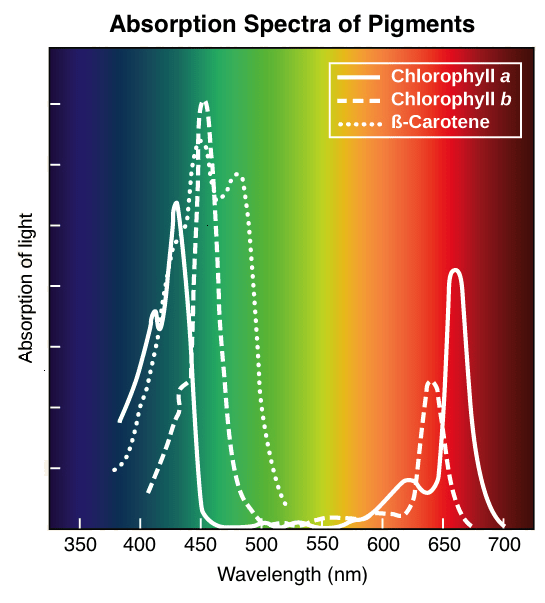
Image by: Illuminar Lighting
Each crop has its unique requirements concerning light spectrum, intensity, and photoperiod. For example, leafy greens like lettuce and spinach thrive under blue-dominant spectra, which promote compact growth and vibrant foliage. On the other hand, flowering plants such as tomatoes and peppers benefit from a combination of blue and red wavelengths during vegetative growth, transitioning to a broader spectrum that includes far-red during flowering to stimulate fruit development. Understanding these nuances is crucial for horticultural lighting designers and providers to tailor their solutions and products to suit the specific needs of each crop.
Supporting Agricultural Innovation
The adoption of horticultural lighting has spurred innovation across the agricultural sector, driving advancements in vertical farming, greenhouse management, and sustainable agriculture practices. Vertical farming, in particular, has seen significant growth in recent years, fueled by advancements in LED technology and automation systems. By stacking crops vertically in controlled environments, growers can maximize land use efficiency, conserve water, and reduce the environmental footprint of food production.
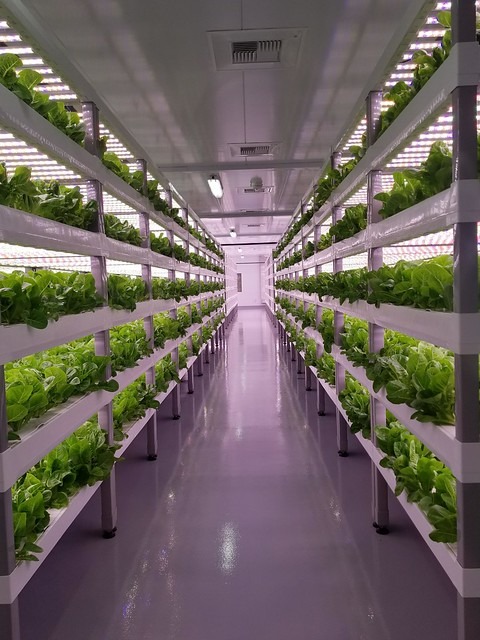
Photo Credit: Oasis Biotech
In addition to conventional farming methods, horticultural lighting has also facilitated the emergence of alternative growing systems such as aquaponics and aeroponics. These soilless farming techniques leverage the precise control offered by LED lighting to optimize plant growth while minimizing resource inputs. For example, in aquaponic systems, fish waste serves as a nutrient source for plants, creating a symbiotic relationship that maximizes resource utilization and crop yields.
The Impact of Horticultural Lighting on Tomato Production… More Production, Higher Profits …
Next Steps
To read the rest of the article, and a case study on how lighting impacted tomato production, click here.
Also, don’t forget to subscribe if you want to learn about incentives in this growing niche, or follow the US Lighting Trends’ LinkedIn page.
Don’t think horticulture lighting is “a thing”? Check out this article on CNN about the new Portland, OR airport terminal. It has 72 trees inside the building and over 5.000 plants!
It’s something to ask specifiers in your area, architects (are they putting in living walls?), your manufacturers. It could be something that becomes a niche / specialty for you as few will develop an expertise, let alone an offering.




